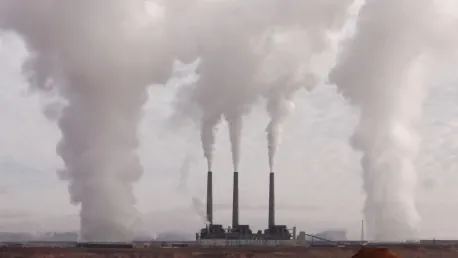
Bioenergy with carbon capture and storage (BECCS) emerges as a pivotal renewable energy strategy that focuses on removing carbon dioxide (CO2) from the atmosphere. BECCS merges bioenergy production from organic materials with carbon capture and storage (CCS) technology to reduce greenhouse gas

Singapore, a bustling metropolis known for its rapid urban development, faces a significant challenge: balancing its growth with the rising carbon emissions from land use. As the country continues to expand, the tension between development needs and environmental conservation becomes increasingly

In a resolute bid to cement the United States' stance on climate action, President Joe Biden recently announced an ambitious new goal to reduce greenhouse gas (GHG) emissions by 61% to 66% by 2035, relative to 2005 levels. This target, set in the final days of Biden’s presidency, aims to build

In the aftermath of a significant environmental lawsuit, Ameren Missouri has agreed to invest $61 million in projects designed to mitigate Clean Air Act violations at its Rush Island power plant. This decision comes after the Department of Justice (DOJ) filed a lawsuit in 2011, accusing the utility

The United Nations-convened Net-Zero Asset Owner Alliance (NZAOA) has recently called for mandated scope 3 emissions disclosures, asserting that such mandates are essential to enhance data comparability and quality. The Alliance underscores the significance of scope 3 emissions, which, according to

Cemex has made significant strides in reducing carbon emissions at its Rugby Cement Plant by utilizing 1 million tonnes of alternative fuel in a groundbreaking collaboration with SUEZ recycling and recovery. This partnership, which began in 2013, has successfully lowered coal usage at the plant by